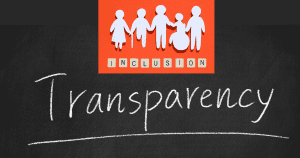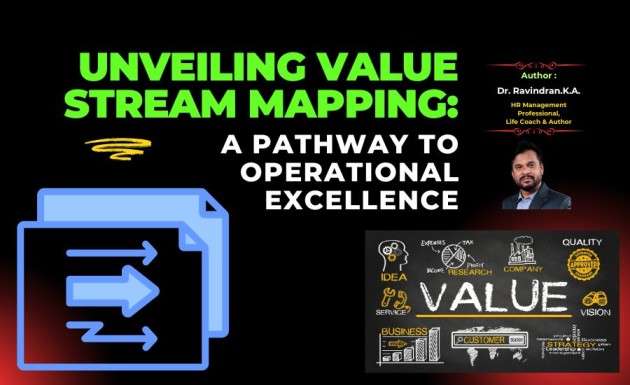In the dynamic world of management practices, Nemawashi stands as a time-honoured tradition deeply rooted in Japanese culture. Translating to “preparing the ground for planting,” Nemawashi embodies the art of consensus-building, where decisions are not made unilaterally but through careful consultation and dialogue among stakeholders. Join us as we unravel the secrets of Nemawashi and discover how it can pave the way for effective decision-making and organizational alignment.
Thank you for reading this post, don't forget to subscribe!Understanding Nemawashi: The Art of Consensus-Building

Nemawashi is more than just a procedural step; it’s a philosophy—a belief in the power of inclusivity, collaboration, and shared responsibility. Originating from Japanese gardening practices, Nemawashi involves laying the groundwork for decisions by engaging with relevant parties, gathering input, and addressing concerns before formal meetings or announcements take place.
Key Principles of Nemawashi
1. Inclusivity and Transparency

Nemawashi emphasizes the importance of involving all relevant stakeholders in the decision-making process, ensuring transparency and fairness. By soliciting input from diverse perspectives, organizations can gain a comprehensive understanding of the issues at hand and make more informed decisions.
2. Building Trust and Relationships

Central to Nemawashi is the cultivation of trust and relationships among team members and stakeholders. Through open dialogue, active listening, and mutual respect, organizations can foster a culture of trust that facilitates smoother decision-making and implementation.
3. Iterative Consultation and Feedback
Nemawashi is an iterative process that involves multiple rounds of consultation and feedback gathering. By seeking input early and often, organizations can identify potential roadblocks, address concerns proactively, and refine proposals to garner broader support.
Implementing Nemawashi: Practical Strategies for Success
1. Start Early and Build Relationships
Begin the Nemawashi process well in advance of formal decision-making meetings, allowing sufficient time to engage with stakeholders, build relationships, and establish trust. Invest in relationship-building activities, such as informal meetings, team-building exercises, and social gatherings, to foster a sense of camaraderie and collaboration.
2. Be Transparent and Communicative
Communicate openly and transparently with stakeholders throughout the Nemawashi process, keeping them informed of relevant developments and seeking their input and feedback. Provide clear guidelines and expectations for participation, ensuring that everyone understands their role and responsibilities.
3. Embrace Flexibility and Adaptability
Be prepared to adapt and adjust your approach based on the feedback and insights gathered during the Nemawashi process. Remain flexible and open-minded, willing to explore alternative solutions and compromise to reach consensus.
Real-World Impact of Nemawashi: A Case Study

Let’s examine the success story of XYZ Corporation, a multinational company that implemented Nemawashi to drive alignment and buy-in for a major strategic initiative. By engaging with key stakeholders early and addressing concerns proactively, XYZ Corporation achieved unanimous support for the initiative, leading to successful implementation and tangible business results.
Conclusion: Harnessing the Power of Nemawashi for Organizational Alignment
In conclusion, Nemawashi offers a powerful framework for cultivating consensus, building relationships, and driving alignment in organizations. By embracing the principles of inclusivity, transparency, and iterative consultation, leaders can harness the collective wisdom and expertise of their teams to make better decisions and achieve shared goals.
FAQ
1. What is Nemawashi and why is it important in Japanese business culture?
Nemawashi is a traditional Japanese term that refers to the informal process of laying the groundwork for a proposed change or project by discussing it with all stakeholders in advance. This approach ensures that everyone involved understands the proposal and can provide their input or express concerns before any formal decision is made. Nemawashi is important because it fosters consensus-building, smooths the way for implementation, and helps avoid conflicts by addressing issues early on.
2. How does Nemawashi differ from the Western approach to decision-making?
Unlike the Western approach, which often involves making decisions quickly and then managing any resistance afterwards, Nemawashi involves a more deliberate, inclusive, and slower process. In Western cultures, decisions are typically made by a few key individuals or leaders, while in Japan, Nemawashi involves consulting all relevant parties to gather opinions and build support before moving forward. This method minimizes friction and ensures a higher degree of acceptance and commitment once a decision is made.
3. Can Nemawashi be applied in non-Japanese organizations or multicultural teams?
Yes, Nemawashi can be beneficial in non-Japanese organizations and multicultural teams. While it is rooted in Japanese culture, the principles of early stakeholder engagement, building consensus, and addressing concerns beforehand can improve decision-making processes in any organization. Implementing Nemawashi in multicultural teams can enhance communication, foster inclusivity, and ensure that diverse perspectives are considered, leading to better-informed decisions and smoother project execution.
4. What are some practical steps to implement Nemawashi in a business setting?
To implement Nemawashi effectively, follow these steps:
- Identify Stakeholders: Determine who will be affected by the decision or project and whose input is necessary.
- Initiate Informal Discussions: Engage in one-on-one or small group discussions with stakeholders to present the idea, gather feedback, and address concerns.
- Build Consensus: Use the feedback to refine the proposal and ensure that there is general agreement and support among stakeholders.
- Document Feedback: Keep a record of the feedback and how it has been incorporated into the proposal.
- Formalize the Proposal: Once consensus is achieved, present the refined proposal in a formal setting for final approval.
5. What are the potential challenges of using Nemawashi, and how can they be overcome?
One potential challenge of Nemawashi is the time it takes to consult with all stakeholders, which can delay decision-making. Additionally, it may be difficult to achieve consensus if there are conflicting opinions. To overcome these challenges:
- Plan Ahead: Allocate sufficient time for the Nemawashi process and start discussions early to avoid last-minute delays.
- Effective Communication: Clearly explain the purpose and benefits of the proposal to all stakeholders.
- Conflict Resolution: Be prepared to mediate disagreements and find compromises that address key concerns without compromising the core objectives.
- Cultural Sensitivity: When implementing Nemawashi in multicultural teams, be aware of and respect cultural differences in communication and decision-making styles.
 hroptimum
hroptimum



